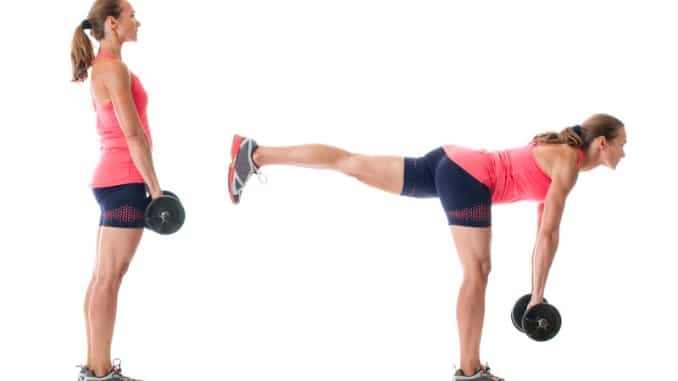
Did you know that hamstring injuries are among [1] the most common sports injuries? This may sound surprising, but when you consider that your hamstrings play a key role in nearly every hip and knee movement, it makes more sense.
Strengthening these muscles through targeted hamstring exercises can help reduce the risk of injury and improve overall mobility.
Your hamstrings play an integral role in walking, running, jumping, and even simple movements like bending your knees. Further complicating matters are muscle imbalances that often result from overworking the opposing quadriceps muscles.
Sadly, hamstring injuries have traditionally had a long recovery time and a high likelihood of recurring, making strengthening your hamstring muscles [2] a key component of any leg training you plan to undertake.
Below, we have shared some of our favorite exercises to help strengthen your hamstrings. Most of these hamstring strengthening exercises utilize dumbbells to create resistance. If you don’t have dumbbells, try using common household items like water bottles or canned goods.
1. Deadlifts
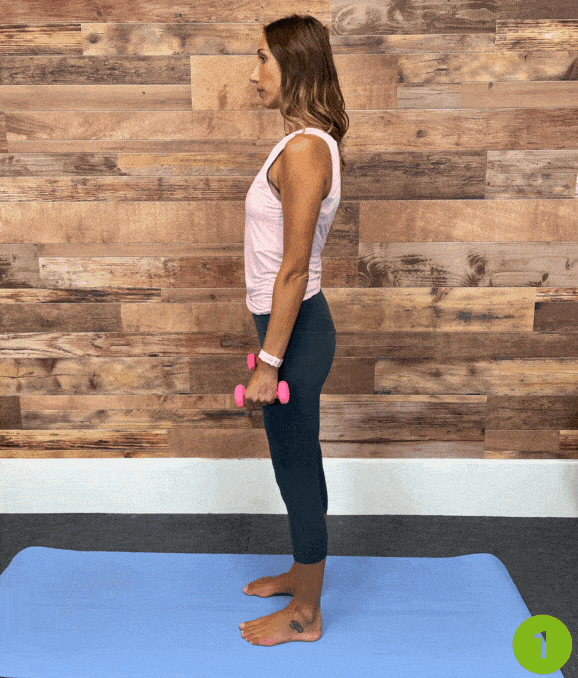
- Stand tall with feet shoulder-width apart and knees slightly bent.
- Hold a dumbbell in each hand, arms relaxed in front of your thighs.
- Engage your core, hinge from your hips, and maintain a neutral spine position.
- Lower the weights along your shins until your upper body is nearly parallel to the floor.
- Push through your heels to rise back to a standing position, pulling the weights upward.
- Squeeze your glutes at the top.
Pro tip: This is one of the best hamstring exercises for building hamstring strength while protecting your knees and hips.
2. Single Leg Deadlifts
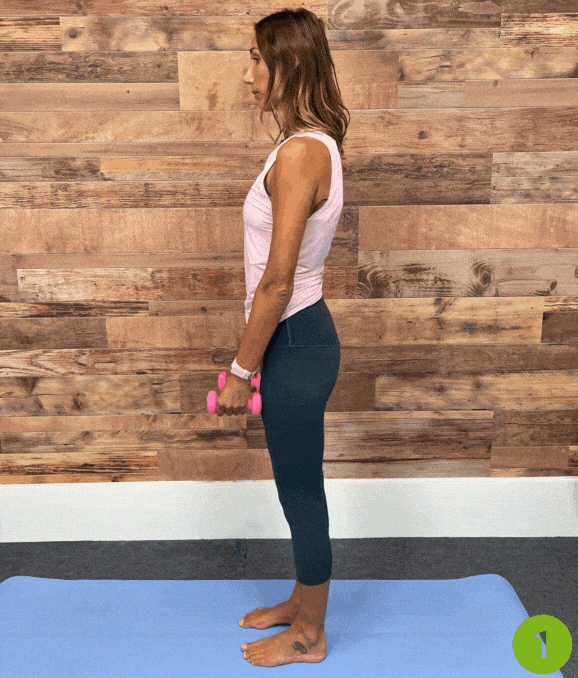
- Stand with feet shoulder-width apart and knees slightly bent.
- Transfer your weight onto one leg while holding dumbbells in front of your body.
- Hinge forward from your hips, lowering the dumbbells as you extend your opposite leg back.
- Keep your back flat and your supporting leg slightly bent.
- At the lowest point, your torso and extended leg should form a straight line, parallel to the floor.
- Slowly return to the upright position and repeat on the other side
These strengthening exercises target the hamstring muscle group while also improving balance and stability.
3. Glute Bridge Marches
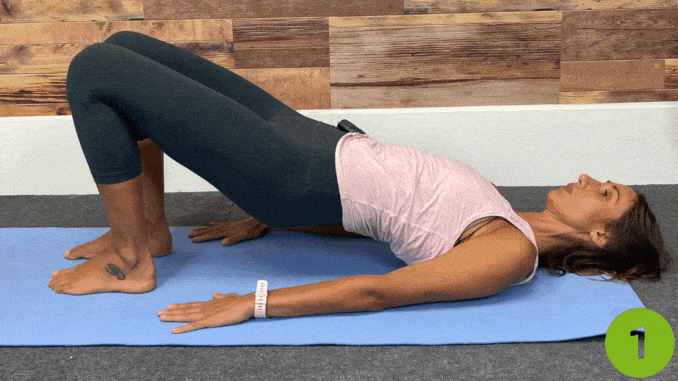
- Lie flat on your back with your knees bent and feet flat on the floor, hip-width apart.
- Place your arms at your sides.
- Push through your heels to lift your hips and engage your core.
- Lift one knee toward your chest while holding the bridge position.
- Lower the leg and repeat on the opposite side.
4. Single Leg Glute Bridges
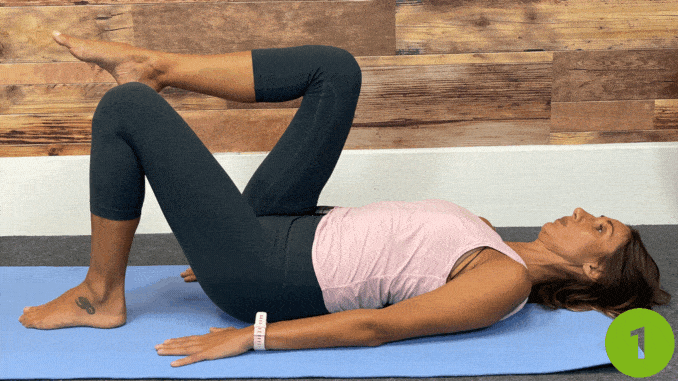
- Lie on your back with your knees bent, feet flat, and arms resting by your sides.
- Extend one leg straight up toward the ceiling.
- Push through the heel of the supporting leg to lift your hips.
- Keep your hips square and avoid twisting.
- Lower slowly and repeat before switching sides.
This is a powerful strengthening exercise for the hamstrings, glutes, and core.
5. Dumbbell Swings
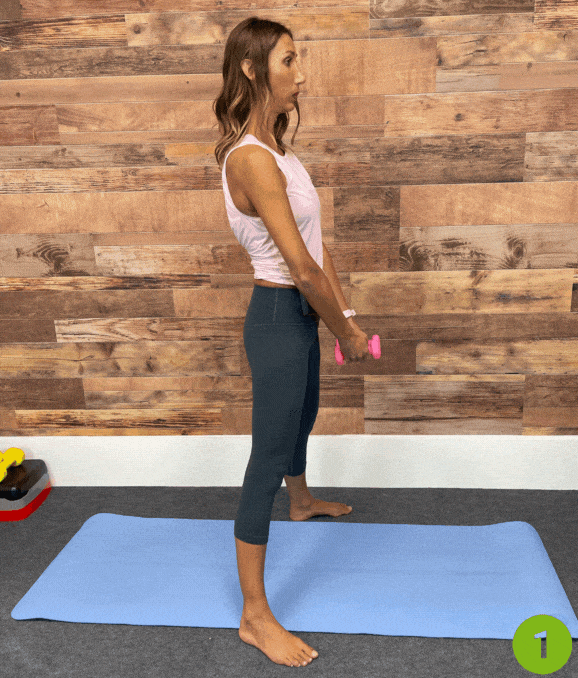
- Stand with feet wider than shoulder-width apart.
- Hold a dumbbell with both hands, arms straight down.
- Hinge at the hips and bend forward slightly, keeping your knees bent.
- Thrust your hips forward, swinging the weight to shoulder height.
- Control the return swing between your legs.
This dynamic movement engages the posterior chain similarly to hamstring curls while also engaging your core and upper body.
6. Dumbbell Sumo Squats

- Stand with feet much wider than shoulder-width, toes slightly turned out.
- Hold a dumbbell vertically in front of your chest.
- Hinge from the hips and bend your knees to squat down, keeping your chest forward and shoulders back.
- Push from your heels to stand tall, squeezing your glutes at the top.
Sumo squats support strong hamstrings by strengthening the adductors and glutes along with the three muscles of the hamstring group.
7. Stability Ball Hamstring Rollouts
Hamstring rollouts are a great exercise for promoting knee flexion and protecting against hamstring strains.
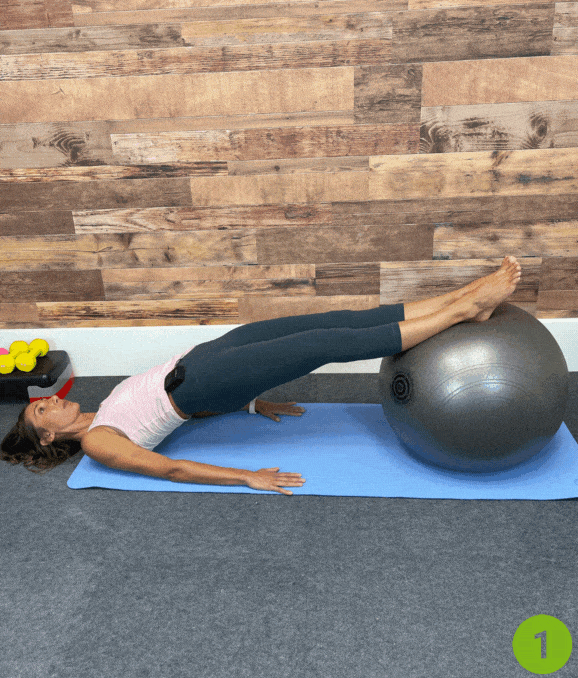
- Lie on your back with knees bent, feet, and calves on top of a stability ball.
- Place your arms flat on the floor for support.
- Lift your hips into a bridge, then pull the ball toward you by bending your knees.
- Roll the ball back out to the starting position and repeat.
If you don’t have a stability ball, heel slides offer a suitable alternative for activating the hamstrings In an open kinetic chain to maintain healthy hamstrings.
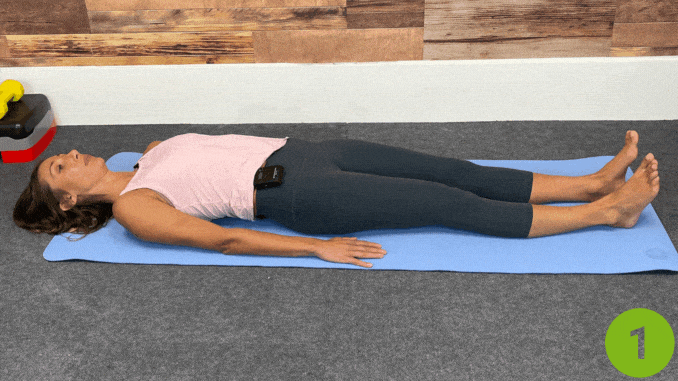
“Strong hamstrings are critical to maintaining proper knee mechanics and reducing the risk of ACL injuries. Balanced hamstring-to-quadriceps strength ratios are a cornerstone of lower-body injury prevention.”
— Dr. Tim Hewett, PhD, FACSM, Director of Biomechanics & Sports Medicine Research, Mayo Clinic
Why Include These Hamstring Rehab Exercises?
Your hamstrings play a vital role in movements such as hip extension, knee flexion, and even core stabilization. These hamstring rehab exercises are designed to restore full strength to the hamstring muscle group while promoting flexibility, neuromuscular control, and balance.
A physical therapist would often recommend exercises like Nordic hamstring curls, glute bridges, and hamstring rollouts to address hamstring tightness, injuries, or imbalances.
Strengthening your hamstrings, glutes, and thighs with movements like the Romanian deadlift, quadruped hip extensions (donkey kicks), and the single-leg bridge will build resilience and support proper knee extension and knee stability.
Tips for Safer Training
- Always begin with dynamic warm-ups; save static stretching for the cooldown before starting hamstring exercises.
- Maintain a slight bend in the knees during standing exercises to reduce strain on the lower back.
- Keep your arms straight, your chest forward, and your shoulder blades stable to protect your upper body.
- If recovering from a hamstring injury [3], consult a physical therapist before adding advanced movements like Nordic curls or Romanian deadlifts.
By prioritizing the health of your hamstrings, you reduce your risk of hamstring strains, support knee health, and create a foundation for long-lasting mobility and athletic performance.
Remember, consistent strengthening exercises like these — performed with good form and intention — can support pain-free movement and long-term functional performance.
For even more impactful exercises designed to keep you healthy and strong, click Fit for Life Tubing Workout.
Frequently Asked Questions
Why should I strengthen my hamstrings?
Strong hamstrings protect your knees, hips, and lower back from injury, improve your posture, and boost athletic performance — whether you’re running, walking, or simply getting out of a chair. Stronger hamstrings mean better support for your entire posterior chain, helping you stay active and pain-free at any age.
How often should I train my hamstrings?
Aim for 2–3 hamstring-focused sessions per week, with at least a day of rest in between to allow your muscles to recover and rebuild. Progress comes from consistent training balanced with adequate recovery.
Can hamstring exercises help prevent injuries?
Yes! Strengthening your hamstrings can significantly reduce your risk of strains, tears, and even knee injuries by balancing out the strength of your quadriceps. This is especially important if you run, cycle, or play sports that involve sudden stops and starts.
What if I have tight hamstrings — should I still strengthen them?
Absolutely. Hamstring tightness often results from muscle imbalances or prolonged inactivity. Strengthening and stretching together can improve both mobility and resilience.

